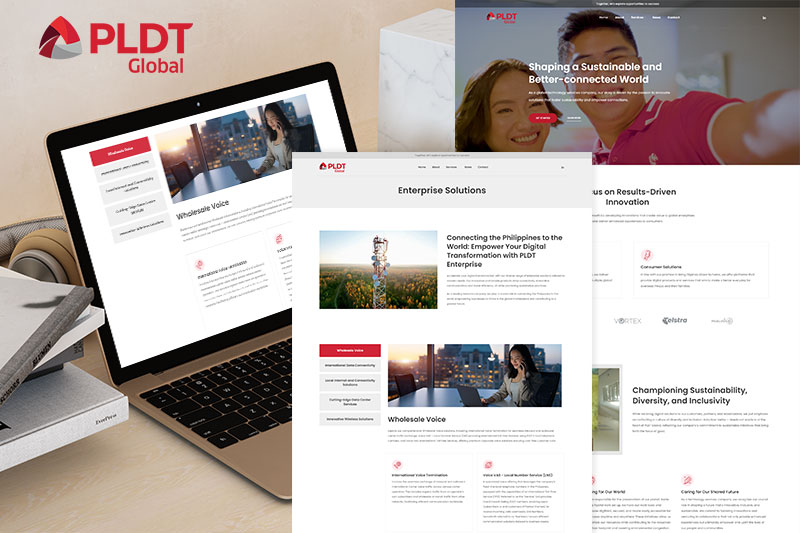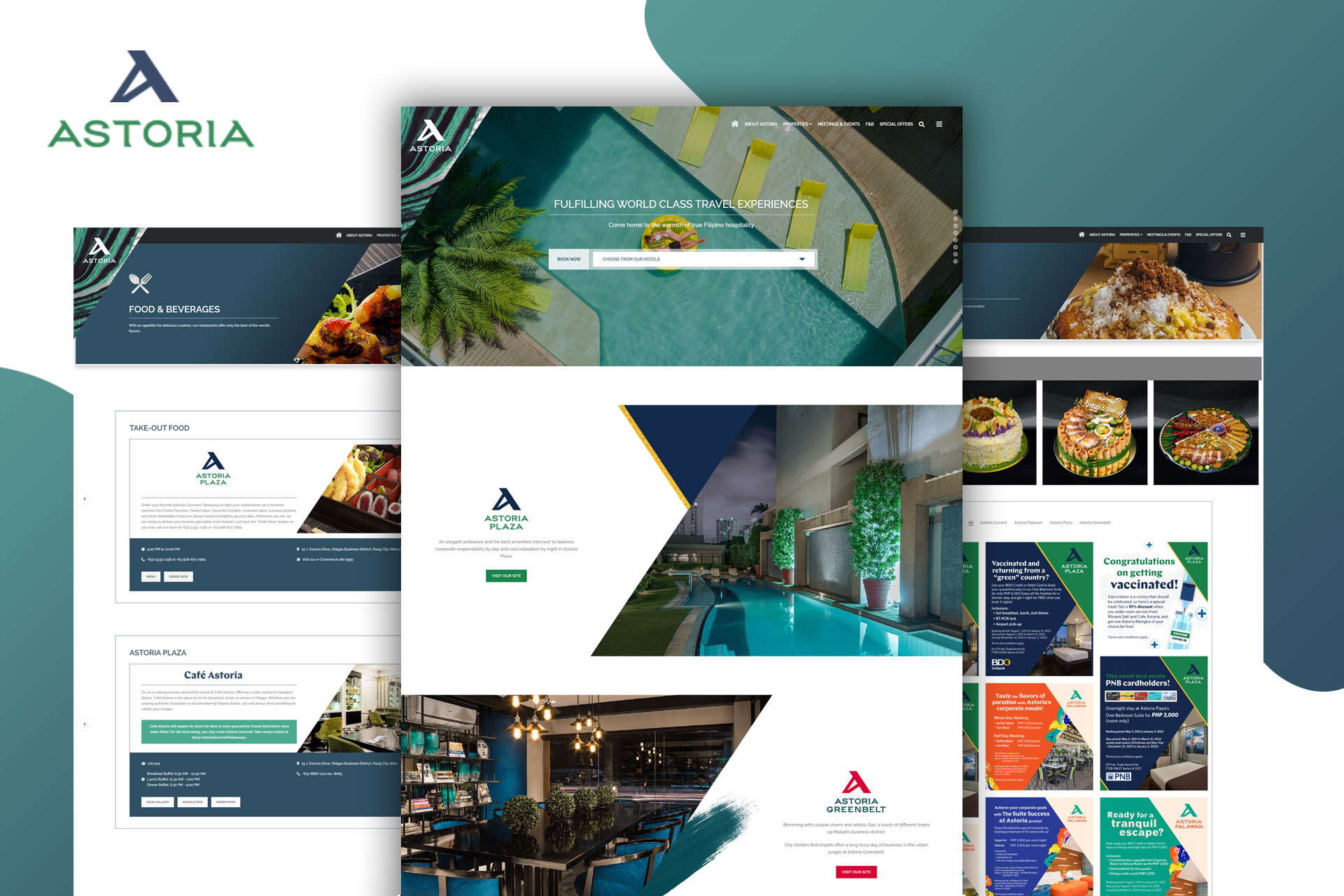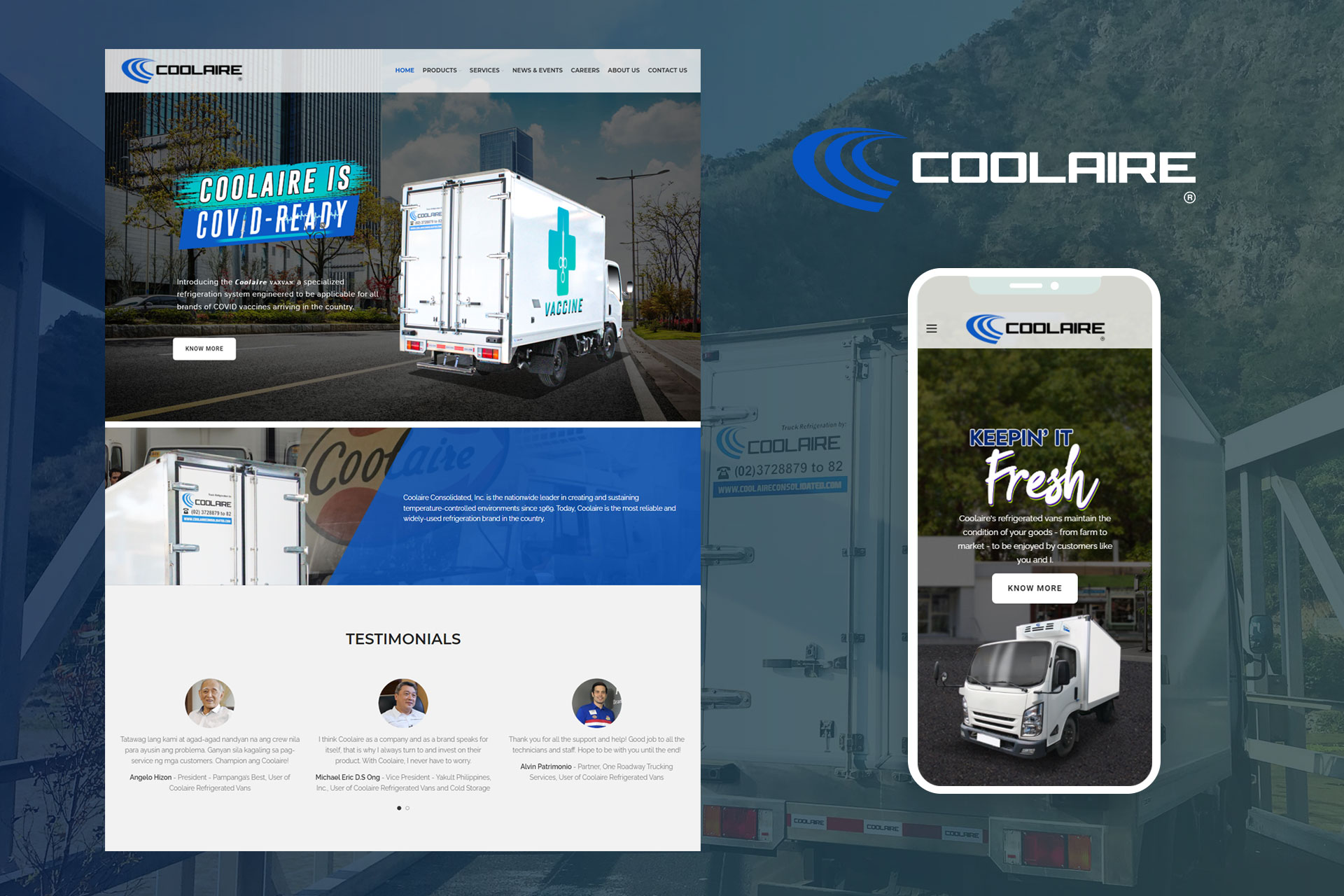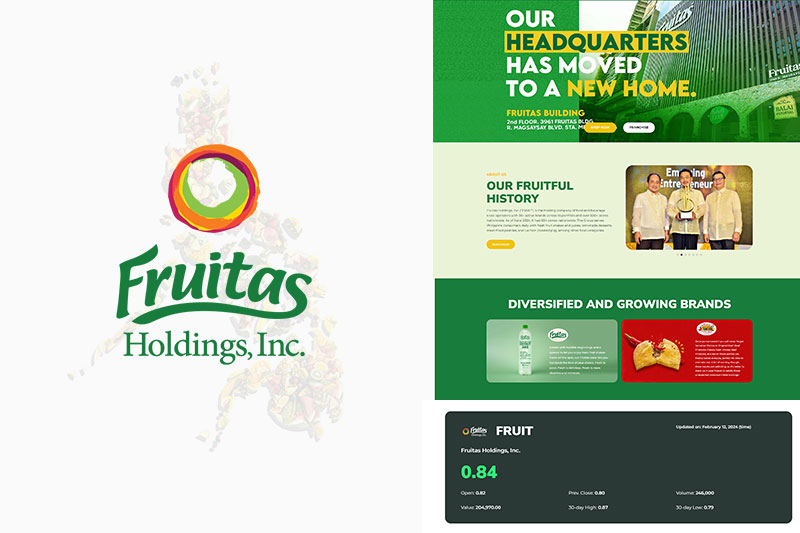In the fast-paced digital era we live in, a visually appealing and user-friendly website is essential for individuals and businesses to make a mark online. However, the process of building a website from scratch can be time-consuming and complex, especially for those without technical expertise. Enter website templates—the game-changers in the world of web design and development.

In this blog post, we will unravel the mysteries surrounding website templates, exploring their purpose, customization options, and the remarkable benefits they offer. So without further ado, let’s dive in and discover everything you need to know about website templates
Table of Contents
- What is a Website Template?
- What is the Importance of a Website Template?
- Types of Website Templates
- Advantages of Using Website Templates
- Disadvantages of Using Website Templates
- Customizing Website Templates
- Selecting the Right Website Template
What is a Website Template?
Website templates are pre-designed layouts that serve as a foundation for building a website. They consist of HTML, CSS, and sometimes JavaScript code, which determines the structure, appearance, and functionality of the website. These templates are created by professional designers or developers and are often available for purchase or can be downloaded from various online platforms.
What is the Importance of a Website Template?
The importance of a website template lies in its ability to simplify and streamline the website development process while ensuring a visually appealing and functional outcome. Here are several key reasons why website templates are important:
● Time Efficiency
Building a website from scratch can be a time-consuming task that requires extensive planning, design, and coding. Website templates provide a ready-made framework that significantly reduces development time, helping you to quickly establish a website and focus on customizing it to meet your specific needs.
● Cost Effectiveness
Hiring a professional web designer or developer to create a custom website can be expensive, especially for small businesses or start-ups. But with a website template, you can have a cost-effective alternative as they are generally more affordable. They eliminate the need for extensive coding and design work, reducing the overall cost of website development.
● Professional Design
Website templates are typically created by skilled designers who have expertise in creating visually appealing and well-structured layouts. By using a template, you can benefit from a professional design without the need for specialized design skills or knowledge.
● Design Flexibility
Although website templates come with pre-designed layouts, they are often customizable. You can modify various elements such as colors, fonts, images, and content to align with your branding and create a unique look for your website. This flexibility allows you to personalize the template and make it reflect your individual style or brand identity.
● Consistency
Using a website template ensures consistency throughout your site. Templates provide a cohesive design framework, with consistent styles, layouts, and navigation elements across different pages. This cohesive look and feel can help to enhance user experience and make your website appear more polished and professional.
● Mobile Responsiveness
Having a mobile-friendly website is crucial, especially in this fast-paced digital age. Many website templates are designed with responsiveness in mind, meaning they automatically adjust and adapt to different screen sizes and devices. This responsiveness ensures that your website looks and functions well on smartphones, tablets, and other mobile devices, enhancing user experience and accessibility.
● Community Support
Popular website template providers often have active user communities, forums, and extensive documentation. These resources can provide valuable assistance and support during the customization process. If you encounter any issues or have questions, you can rely on the community for guidance and solutions.
Types of Website Templates
There are several types of website templates available, each catering to different needs and industries. But some common types include:
1. Ecommerce Templates
Specifically designed for online stores, ecommerce templates provide features like product listings, shopping carts, and payment gateways.
Related: What is an Ecommerce Website? A Guide to What You Need to Know
2. Blog Templates
Blog templates focus on displaying content in a blog-style format, with features such as article layouts, comment sections, and social media integration.
3. Portfolio Templates
Ideal for artists, photographers, or freelancers, portfolio templates emphasize showcasing a portfolio of work with visually appealing designs.
4. Business Templates
Business templates cater to corporate websites and often include sections for services, testimonials, team members, and contact information.
Advantages of Using Website Templates
● Customization Options
Although website templates come with predefined layouts, they are often customizable. You can modify colors, fonts, images, and content to match your brand identity and create a unique look for your website.
● Time-Saving
Website templates offer a quick and efficient way to establish a web presence without the need for extensive coding or design skills. They provide a ready-made structure that can be customized to fit your specific requirements.
● Made to Be Mobile Responsive
Many website templates are built with responsiveness in mind, ensuring that your site looks great on various devices, including smartphones and tablets.
● Cost-Effective
Although hiring skilled web designers and developers may be the best if you want a well-crafted web design, it’s not always the best option for some small businesses with tight budgets as it can appear expensive. On the other hand, website templates can be a good alternative as they are typically more affordable.
Disadvantages of Using Website Templates
While website templates offer advantages, it’s still important to note that it comes with some disadvantages, such as:
● Performance and Bloat
Some website templates can be bloated with excessive features, stylesheets, or JavaScript libraries. This can negatively impact the website’s performance, leading to slower loading times and increased resource consumption. It’s important to choose a template that is optimized for performance and consider removing unnecessary elements to ensure efficient website operation.
Related: What is Website Optimization? Benefits and Challenges
● Compatibility Issues
Website templates may not always be fully compatible with all browsers, devices, or older versions of web technologies. This can result in inconsistencies in the appearance and functionality of the website across different platforms. It’s crucial to test the template thoroughly to ensure compatibility and provide a consistent user experience.
● Generic Design
Since website templates are often created for a wide range of users, they can sometimes result in a generic or cookie-cutter design. If your goal is to stand out from the competition and establish a distinct visual identity, a template may not provide the level of uniqueness and creativity you desire.
Customizing Website Templates
Website templates are designed to be easily customizable, even for those with limited technical knowledge. You can typically modify the template using a website builder or a CMS (content management system) like WordPress, Joomla, or Drupal. These platforms offer intuitive interfaces where you can edit text, upload images, rearrange sections, and add or remove features according to your preferences.
Selecting the Right Website Template
Here are essential factors to consider when choosing a website template:
1. Purpose
Identify the primary goal of your website and choose a template that aligns with it. For example, if you’re planning to build an online store, it’s best to go for an ecommerce template than a blog template as the former includes features that are necessary for creating an efficient online store.
2. Responsive Design
Ensure that the template is mobile-friendly and adapts well to different screen sizes.
3. Customizability
Look for a template that allows you to make the necessary modifications to achieve the desired look and functionality.
4. Support and updates
Check if the template provider offers regular updates, security patches, and customer support.
Do you need help with the web design for your business? Contact us today, and we’ll be glad to assist you!


 Shopify Website Design
Shopify Website Design  Small Business Marketing
Small Business Marketing 




